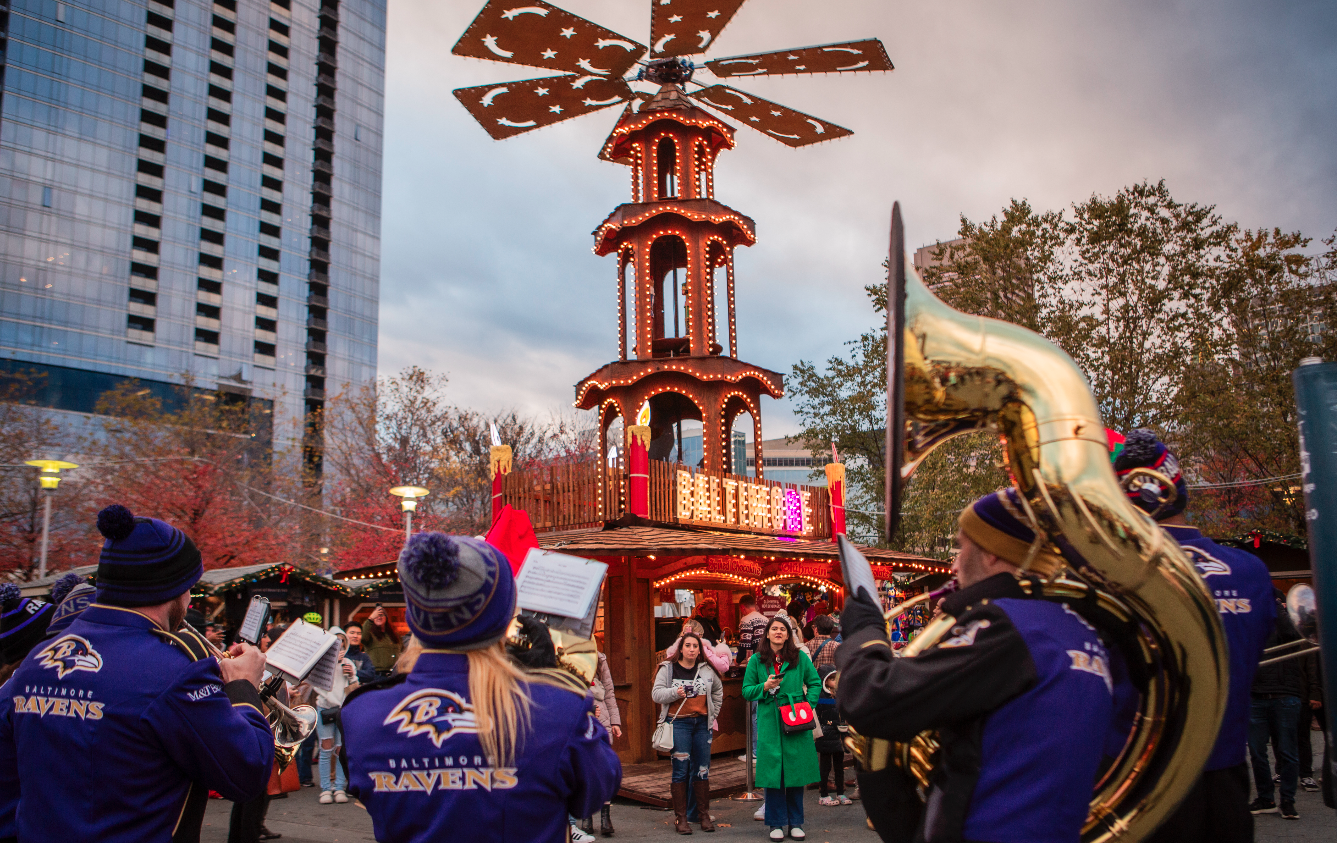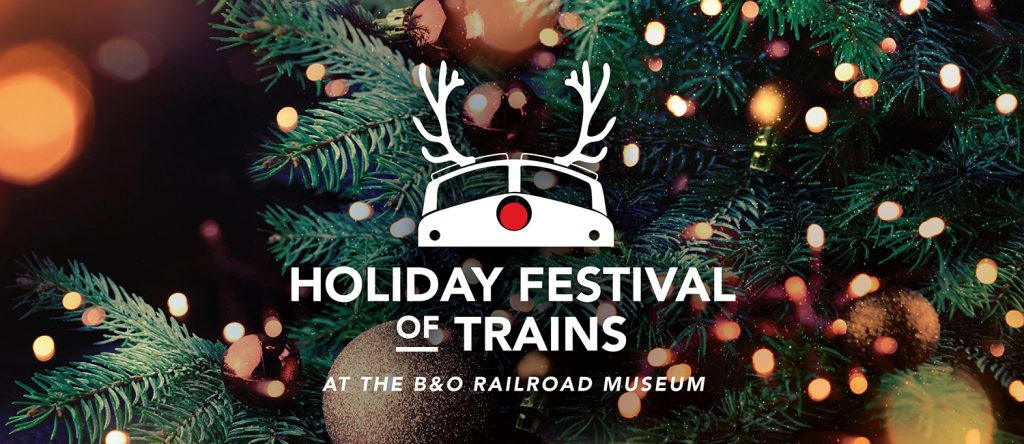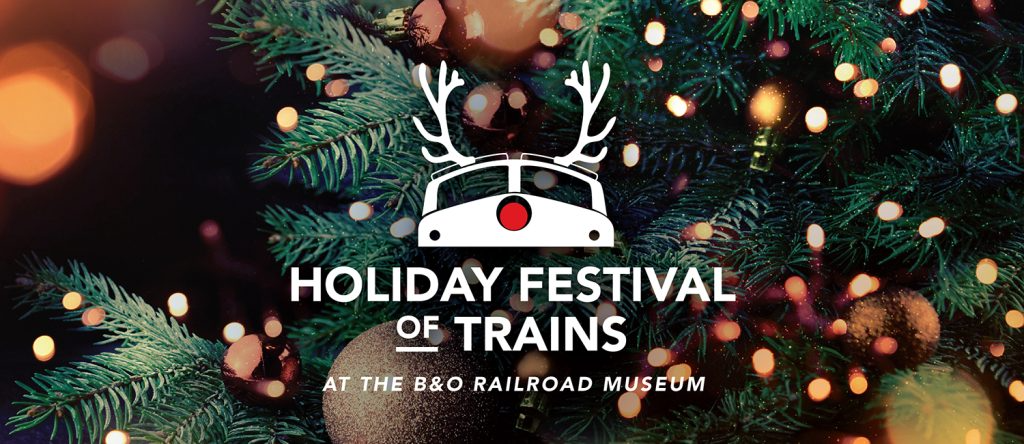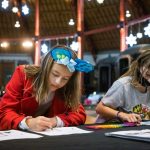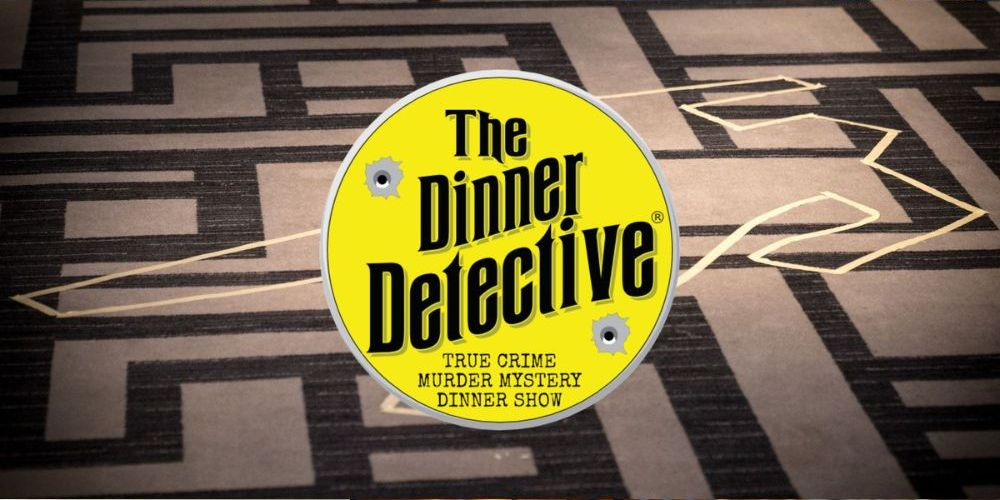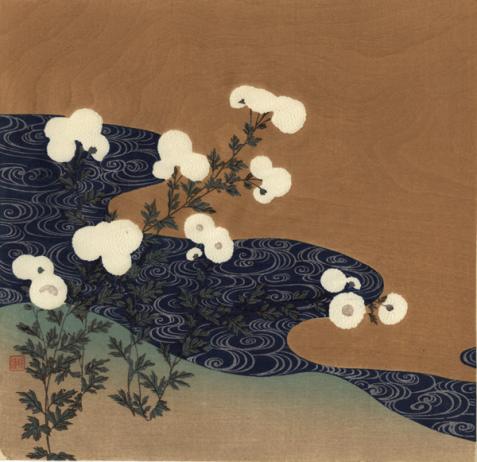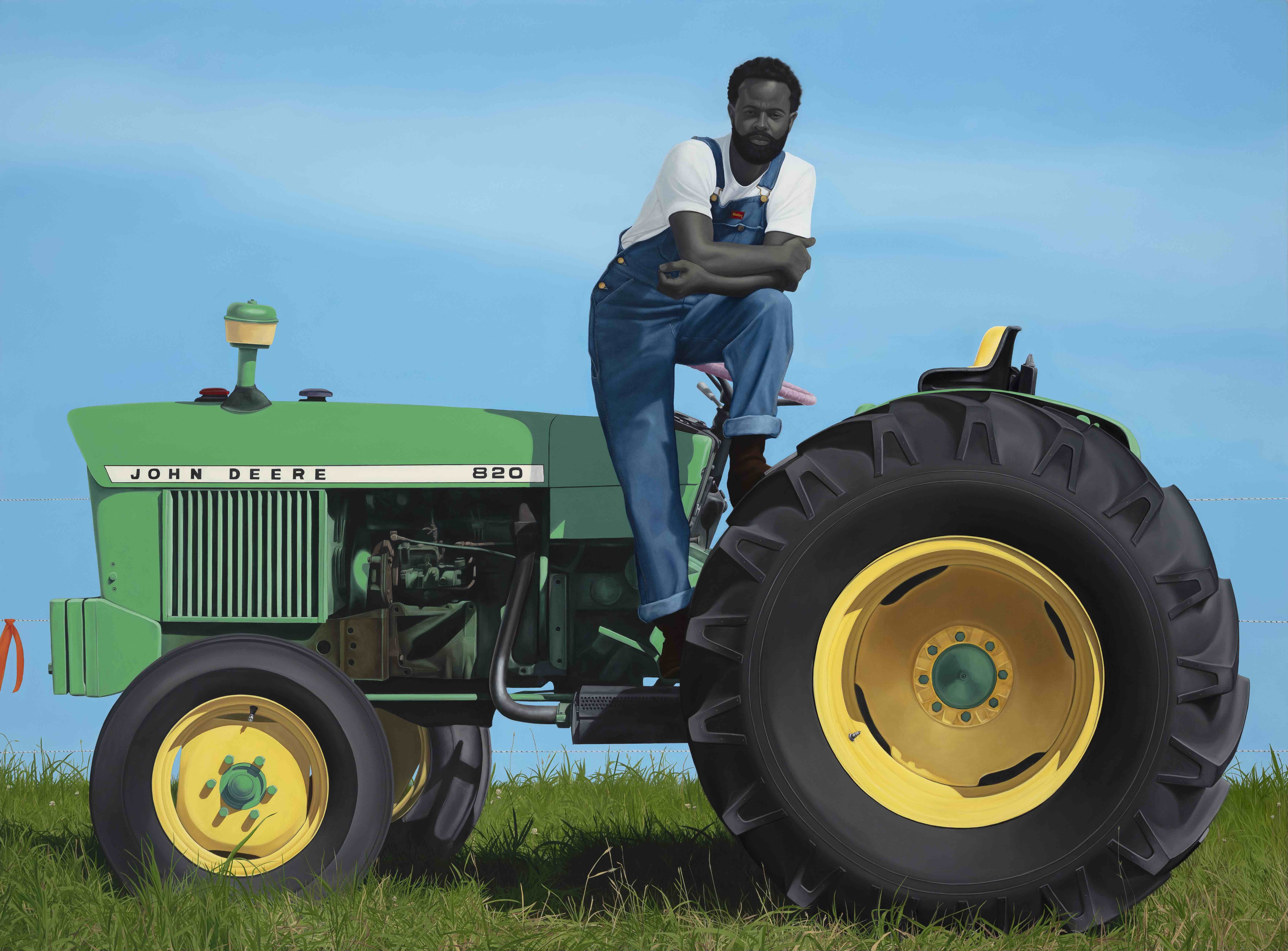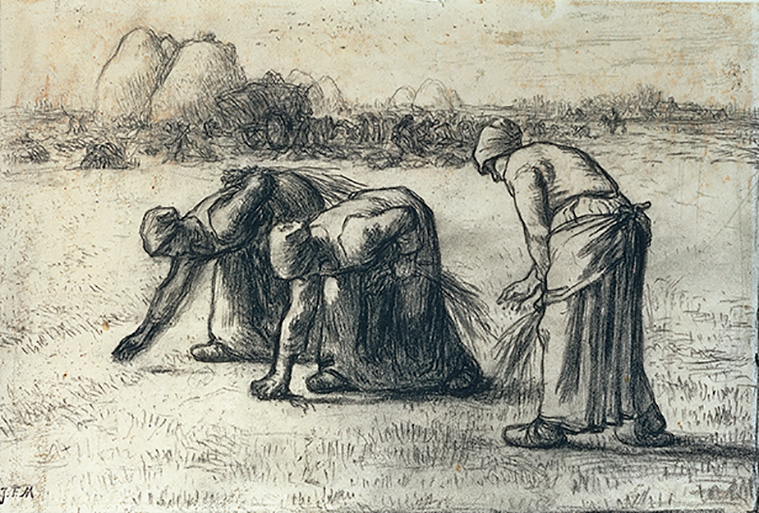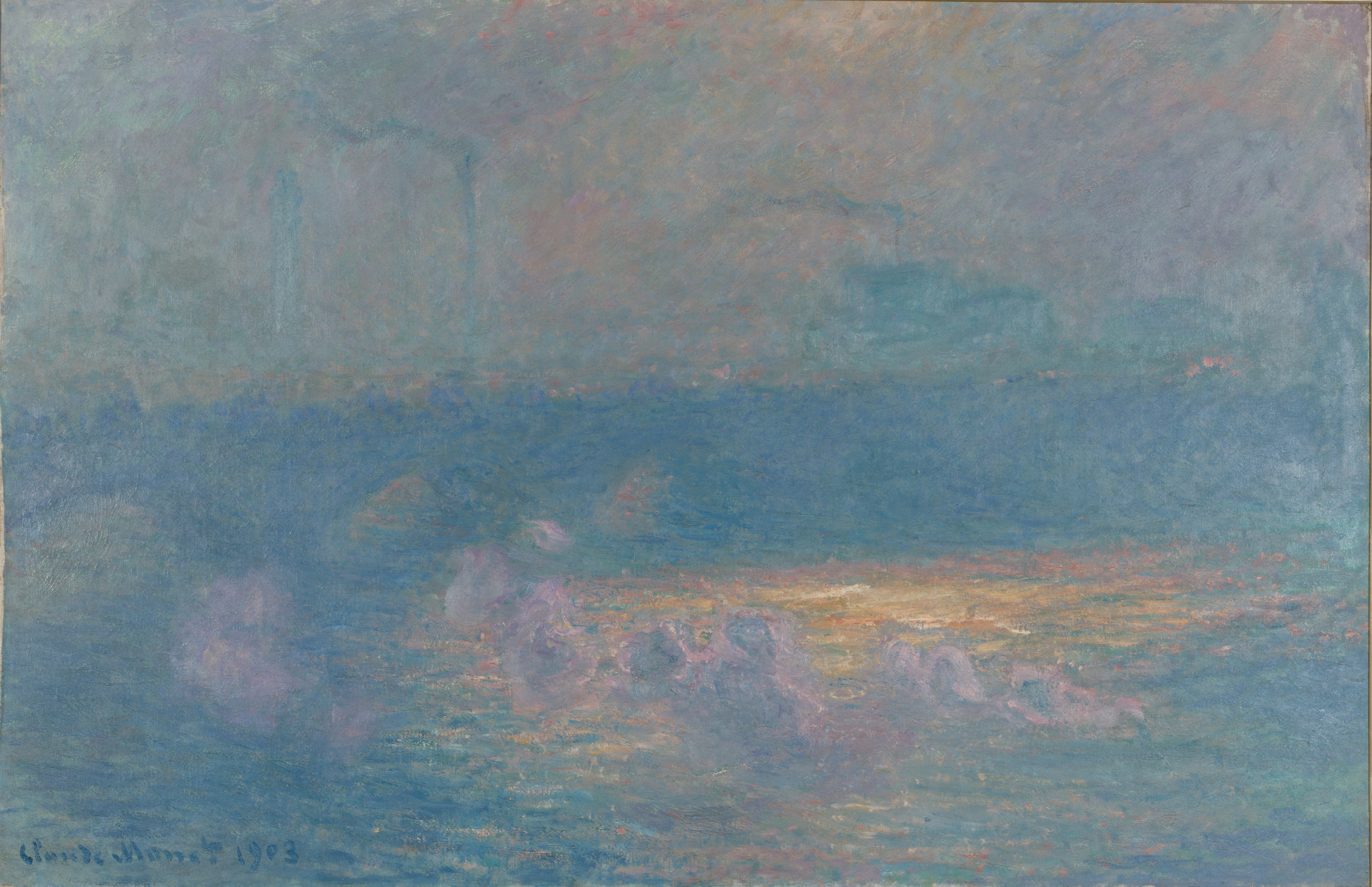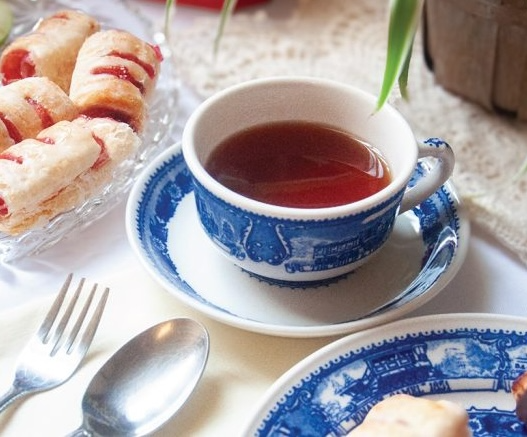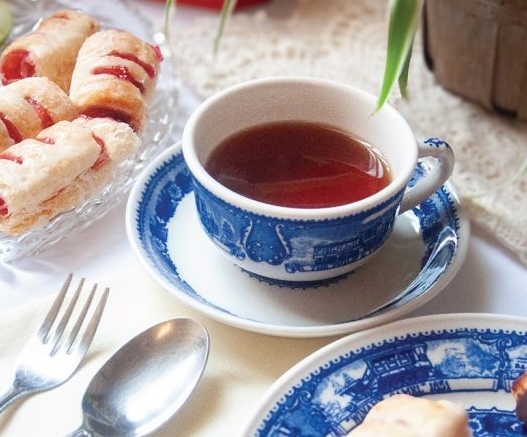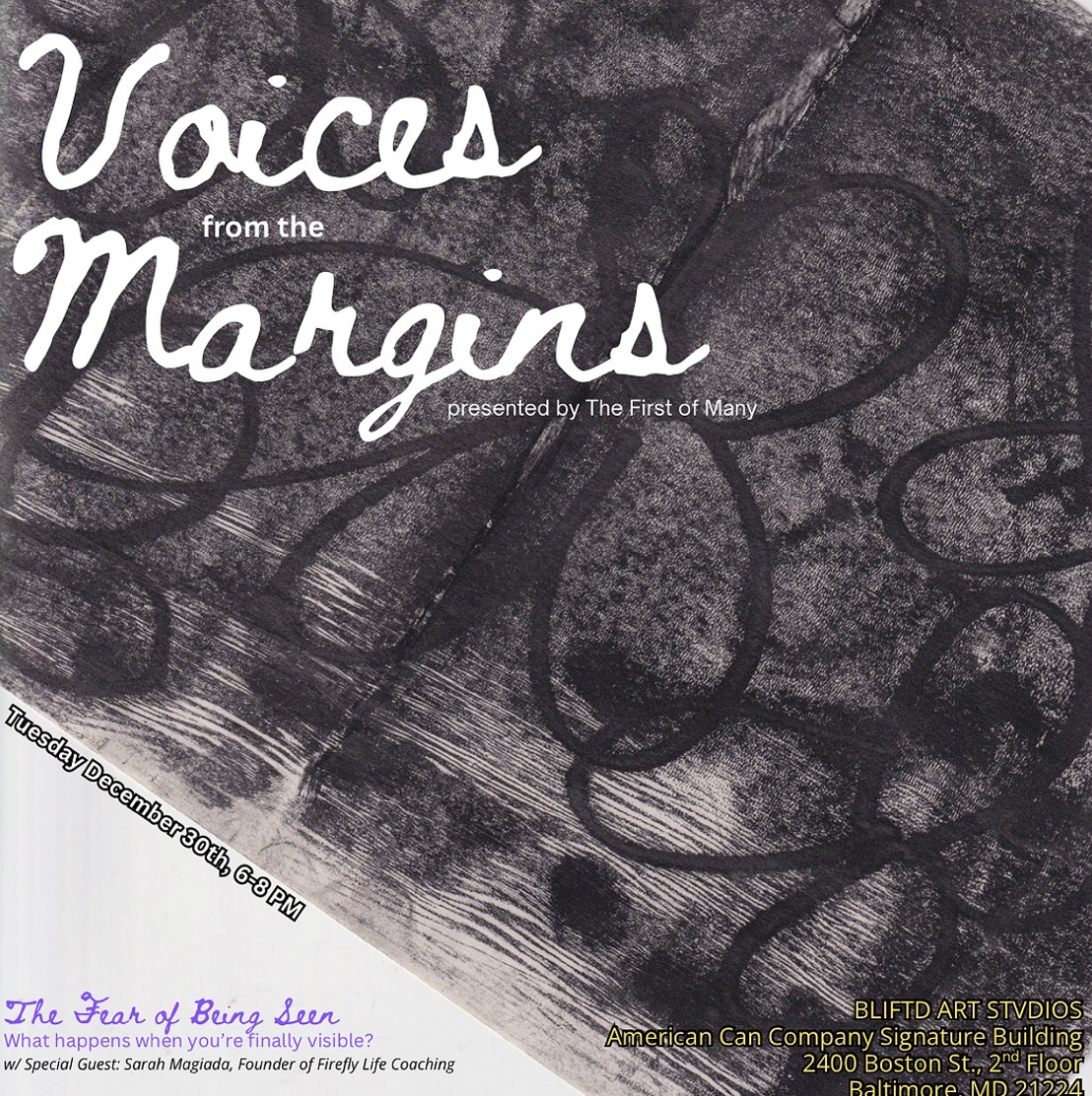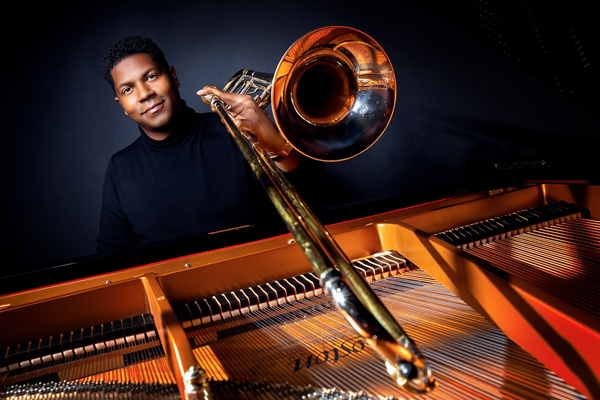Christmas Village in Baltimore
Christmas Village in Baltimore returns to the Inner Harbor for its 12th season. From November 22 to December 24, 2025, the waterfront along the Baltimore Visitor Center through the Maryland Science Center will transform into a magical winter wonderland, bringing over 65+ local and international vendors with unique holiday giftware. They will be located both inside the huge heated festival tent and along the waterfront promenade in traditional wooden booths with a great view over the wintry Inner Harbor and West Shore Park.
